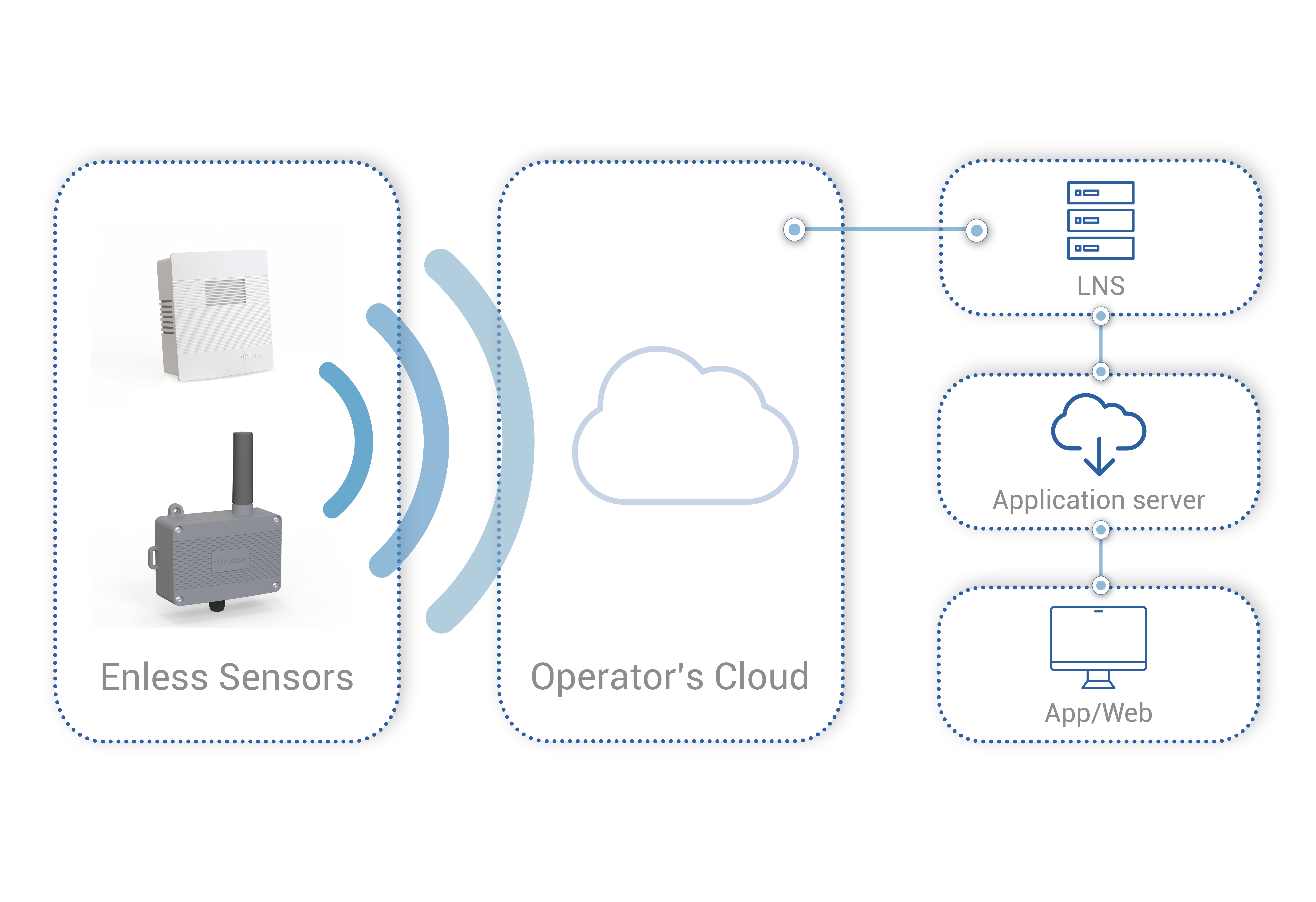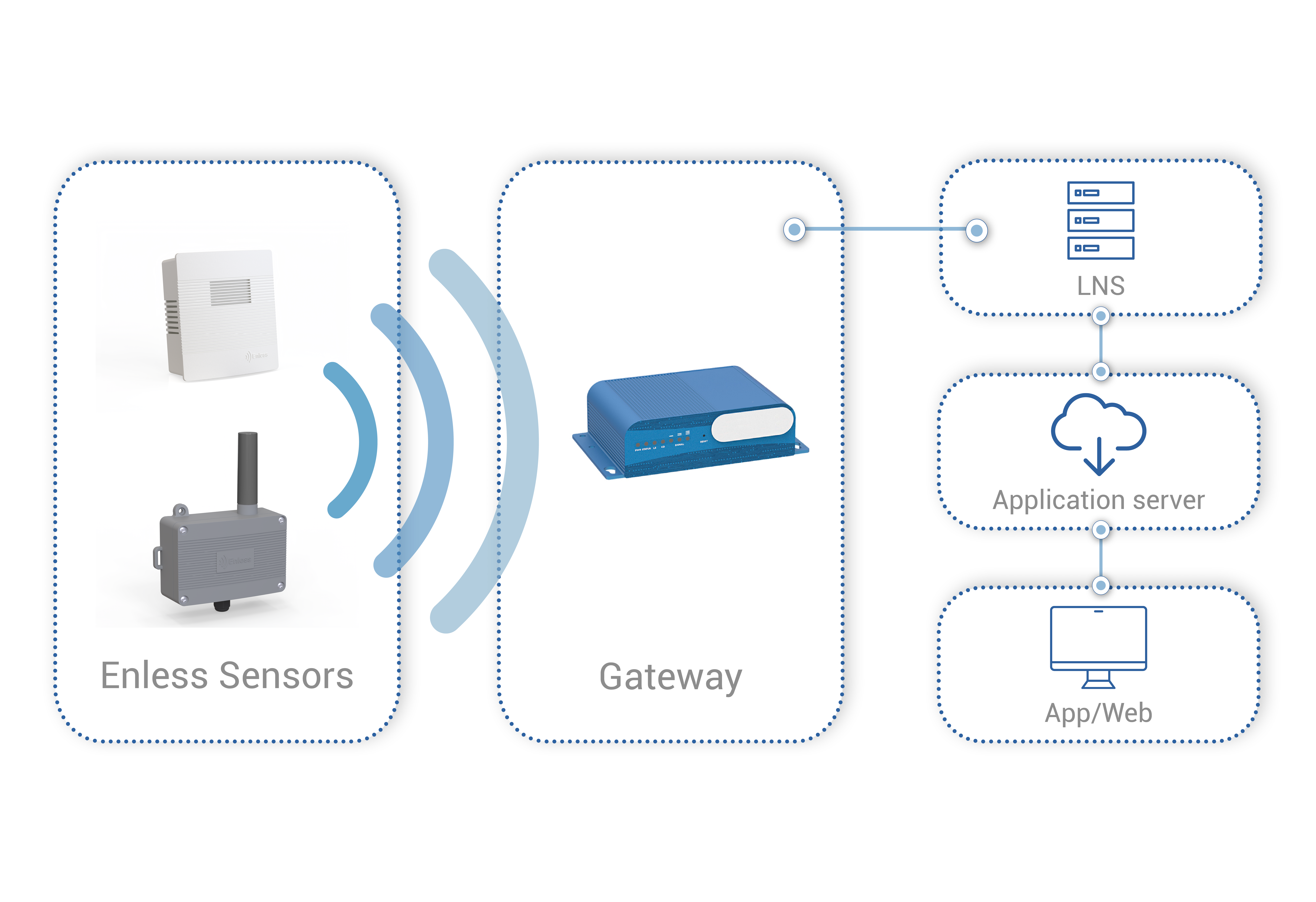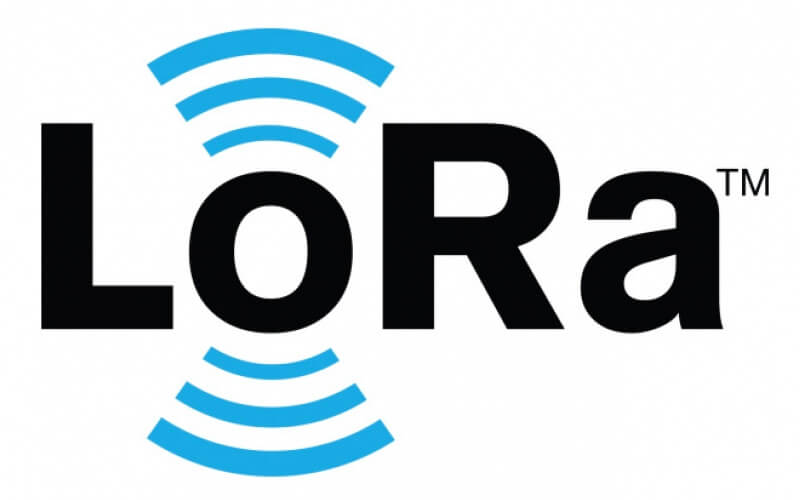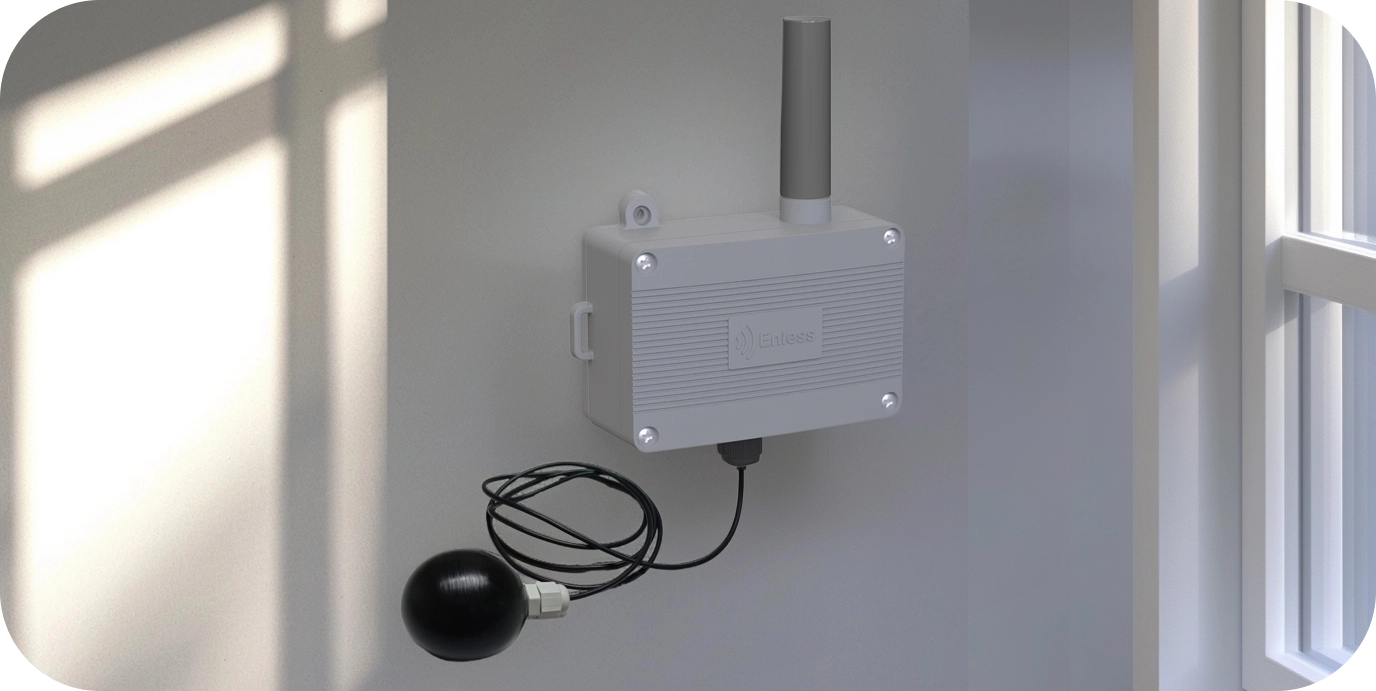
Enless Wireless is pleased to announce the upcoming availability of its new LoRaWAN temperature sensor with black bulb probe, launching in May 2025. This sensor is designed to measure resultant temperature, a key indicator for BMS integrators looking to optimize both occupant comfort and energy performance in buildings.
This is essential in buildings because thermal comfort is not just about how warm or cold the air feels — it also depends on how much heat is being radiated toward or away from the body.
Why should we use a black bulb sensor for BMS?

A black bulb sensor provides a more accurate representation of thermal comfort than a standard air temperature sensor. It captures not only the air temperature but also the radiant temperature from surrounding surfaces like windows, walls, ceilings, and even equipment.
In a sunlit room with exposed glazing, for example, the air temperature may seem acceptable, while solar radiation creates a significant sensation of discomfort. A standard sensor cannot detect this discrepancy. The black bulb sensor, however, captures both convection and radiation, providing much more relevant data for HVAC control systems.
A powerful sensor for BMS integrators
Integrating a black bulb sensor into a BMS offers several concrete advantages:
- Smarter HVAC control Thanks to precise measurement of thermal comfort, heating, cooling, or ventilation systems can be adjusted in real time—without overconsumption or discomfort for occupants.
- Better anticipation of overheating The sensor detects temperature rises caused by solar radiation even before ambient air is affected, allowing for automated responses such as sunshade activation or natural ventilation.
- Zone-based comfort optimization In multi-zone buildings, perceived temperature can vary significantly depending on exposure, ceiling height, or insulation. The black bulb sensor enables fine-tuned zone control, with comfort settings tailored to actual conditions.
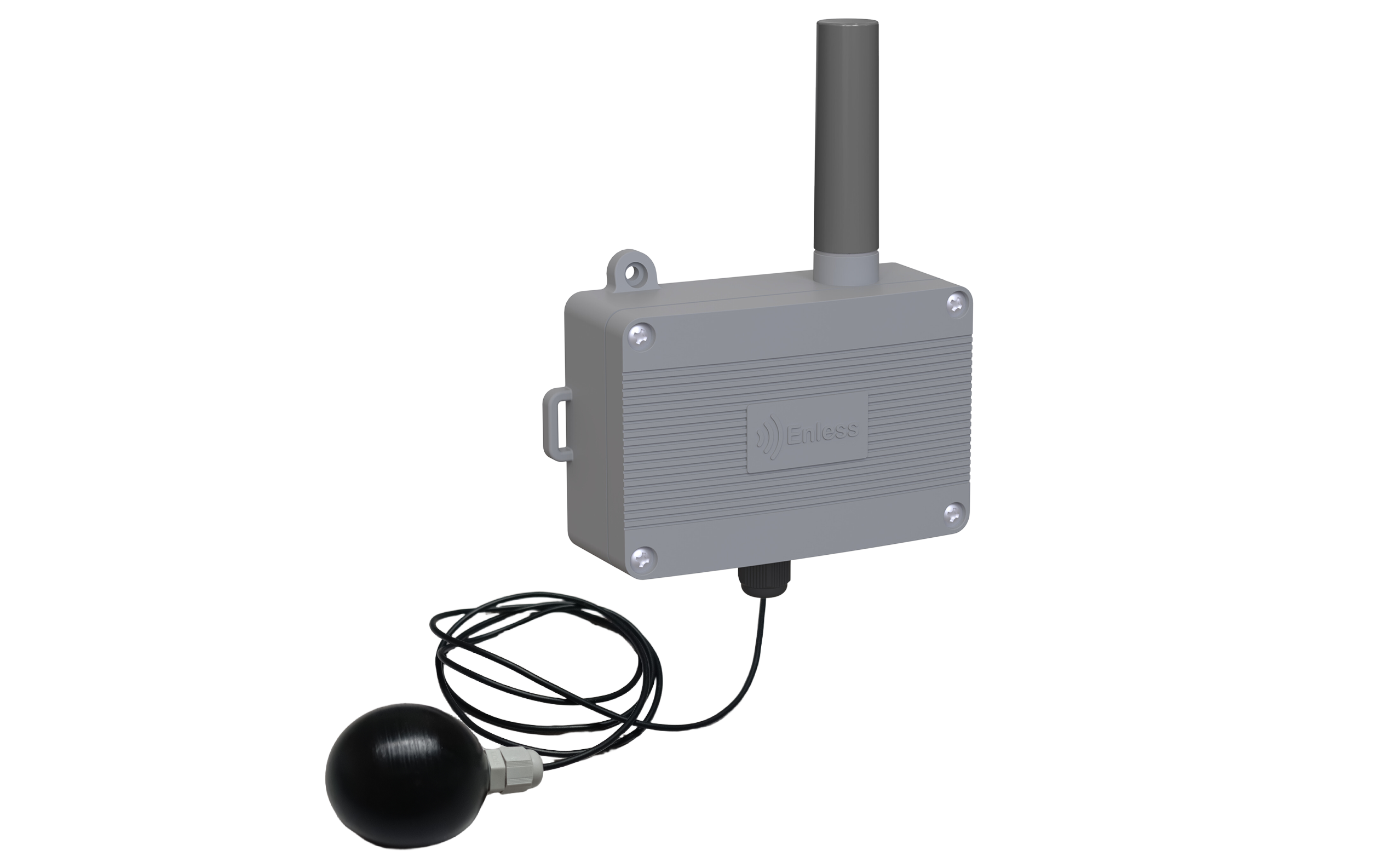
Features of the Enless Black Bulb Sensor
This LoRaWAN black bulb sensor delivers accurate resultant temperature readings, long-range wireless transmission via LoRaWAN or proprietary LoRa, up to 15 years of autonomy thanks to its high-capacity type D battery, and easy integration into BMS with Modbus or BACnet compatibility via Enless receivers.
Want to learn more or receive the technical documentation in advance?
Get in touch with the Enless Wireless team today.




